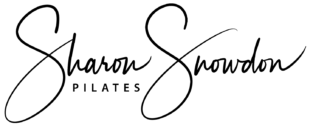When you think of Pilates, you might picture graceful movements, strong cores, and a whole lot of stretching. But there’s one element that’s just as important as the exercises themselves—and that’s the breath.
Breathing might seem like the most natural thing in the world (after all, we do it without thinking!), but in Pilates, it becomes a conscious, powerful tool. Joseph Pilates, the founder of the method, believed that “breathing is the first act of life and the last.” And within his practice, it serves a much deeper purpose than just keeping us alive.

First and foremost, proper breath in Pilates helps to engage the core muscles more effectively. When you inhale deeply and exhale fully, you’re not just moving air—you’re activating deep abdominal muscles, including the all-important transverse abdominis. This muscle acts like a natural corset, supporting your spine and improving posture. That’s why instructors often cue breathing along with movement—it’s not just a nice-to-have, it’s a key part of the work.
Breath also helps to create rhythm and flow in your practice. It acts like a guide, helping you time each movement with precision and control. Think of it as the metronome for your muscles—it sets the pace, keeps you focused, and encourages mindfulness.
On top of that, breathing well can enhance relaxation and reduce tension. Many of us hold our breath during difficult movements without even realizing it. But holding your breath can create unnecessary strain, especially in the neck and shoulders. A steady, purposeful breath helps release that tension and brings a sense of calm—even when your abs are on fire!
So, the next time you’re on the mat, pay attention to your breath. Let it guide you, support you, and connect you to each movement. With practice, you’ll find that breathing with intention doesn’t just improve your Pilates—it improves your overall sense of well-being too.
Breathe in. Breathe out. And enjoy every moment.
